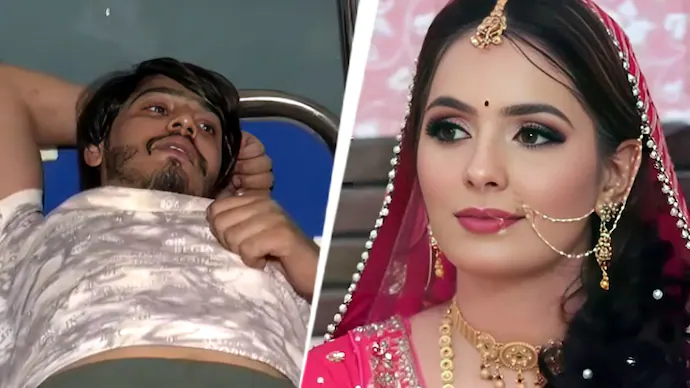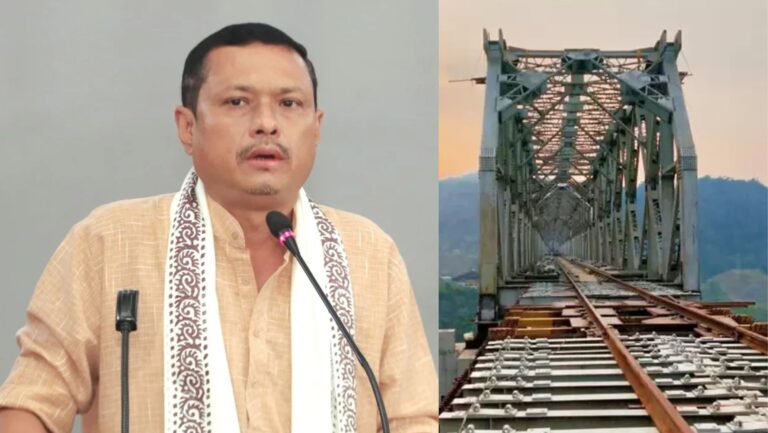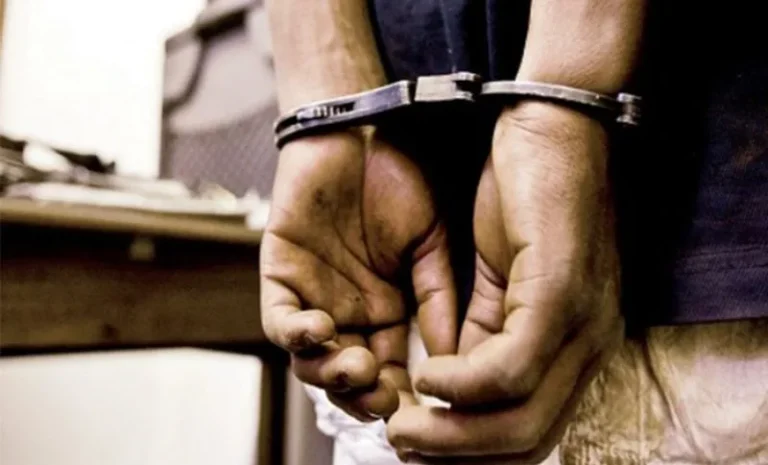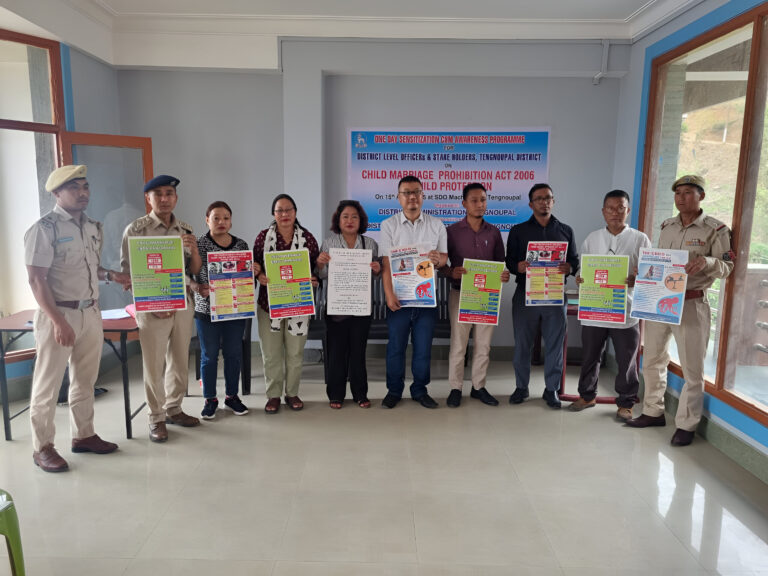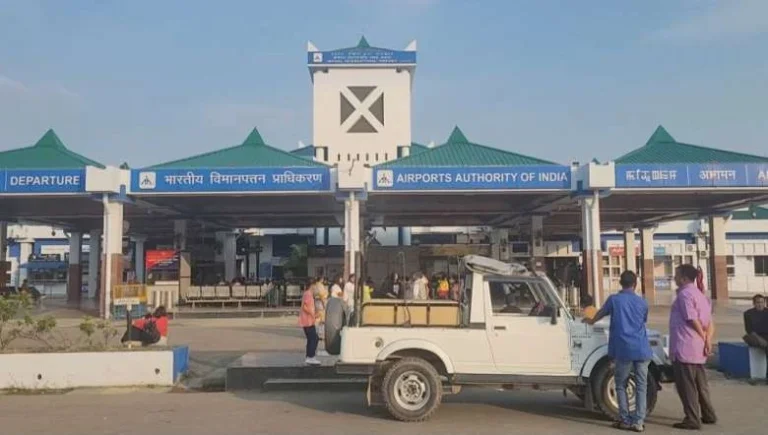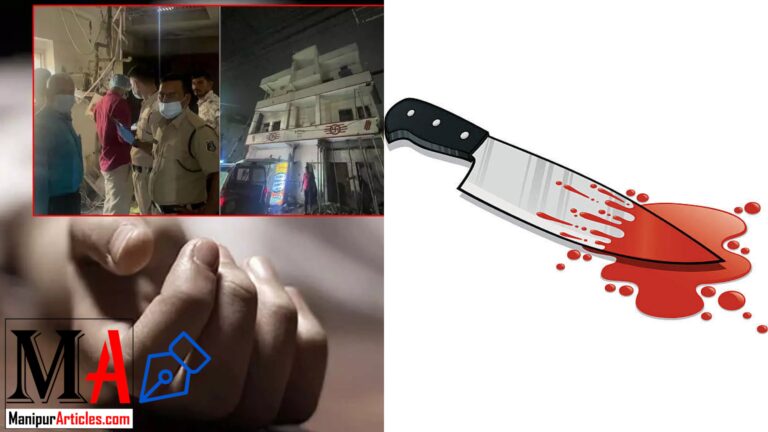Noida Cops Open Fire at Dowry Death Case Accused — He’s Shot in the Leg
Short summary (one paragraph): Greater Noida police shot and injured Vipin Bhati, the prime accused in the alleged dowry-linked killing of his wife Nikki, after he reportedly tried to flee custody while being taken to recover evidence. Police say Vipin attempted to snatch an officer’s pistol and bolt during a recovery trip; officers opened fire and a bullet struck his leg. He’s under medical care and police are continuing investigations into the brutal case, which has sparked public outrage and calls for strict punishment.
The arrest, the attempted escape, and the police firing are all part of the same flashpoint: a horrific allegation of domestic cruelty ending in death, and the state’s attempt to bring a suspected perpetrator to account. The details matter — because they’ll shape public trust, legal outcomes, and the wider conversation about gender violence and law-and-order.
What the reports say?
Here’s the sequence, drawn from reporting by India Today, Times of India and others:
- Police arrested Vipin Bhati, accused of torturing and allegedly setting his wife Nikki on fire in a Greater Noida/Sirsa-area incident that drew intense local outrage. The death was linked by family members and videos circulating on social media to a dowry demand of around ₹35–36 lakh.
- While police were taking Vipin out — reportedly to recover a bottle of thinner he had allegedly purchased (used as an accelerant) — he tried to snatch a pistol from an officer and flee near Sirsa Chauraha. Officers say they warned him to stop; when he bolted, they fired and struck him in the leg.
- Vipin was immediately taken to a hospital and remains under police guard while the investigation continues. The victim’s family has welcomed the arrest and the quick action; the father has even demanded harsh measures, including an “encounter” and the razing of the accused family’s house.
FAQs
1. Why did the police shoot the accused in the leg?
Police say he tried to seize an officer’s pistol and flee during a recovery operation; officers fired to prevent escape and the bullet struck his leg. Use-of-force in such situations is often governed by protocols aimed at preventing greater harm. Independent documentation and internal review will determine whether the firing was proportionate.
2. What charges could the accused face?
If the forensic and testimonial evidence supports the allegations, charges could include murder, abetment to murder, and dowry-related offences. The police will file a charge-sheet and the court will evaluate the evidence during trial.
3. Are videos circulating on social media usable in court?
Yes — if the original files and metadata are preserved and authenticated. Investigators often send preservation requests to platforms and obtain forensic copies so the content can be admitted as evidence without the risk of tampering.
4. What protections exist for the child witness?
Indian law provides for child-sensitive procedures: testimony via video link, presence of a trusted adult, and trauma-informed interviewing. Courts are urged to minimize re-traumatization and ensure the child’s safety and privacy.
5. How can communities help prevent dowry violence?
Communities can educate about the harms of dowry, create local rapid-response support for victims, encourage reporting to police, and support economic empowerment programs for women — all steps that reduce the social and economic pressures that feed dowry demands.
